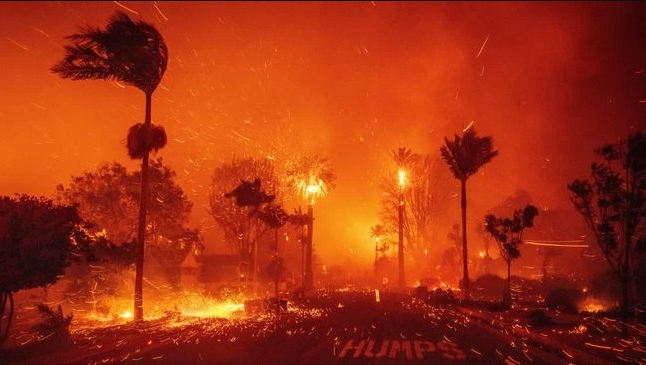Pet Safety During Wildfire Season: A Guide for East Bay Families
As wildfires continue to devastate communities across California, protecting your home, family, and pets becomes an urgent priority. In areas like Berkeley, Oakland, Moraga, and Lafayette, residents are particularly vulnerable to wildfires, and this is why pet safety during fire season is crucial. Pet owners must not only prepare their homes but also plan for their pets' safety in case of an evacuation or emergency.
Understanding Ember Attacks and How to Protect Your Home from Wildfire Embers
Learn how ember attacks ignite homes during wildfires and what you can do to protect your property. This blog covers strategies for preventing ember damage, including home hardening, landscaping, and fire-resistant materials.
Defensible Space: The First Line of Defense Against Wildfires in Berkeley
When it comes to wildfire preparedness, defensible space is one of the most critical elements in safeguarding your home. It’s the area around your property where you take proactive steps to eliminate fuel sources that could feed a fire, particularly flying embers, which are responsible for more than 90% of home ignitions during wildfires. In Berkeley, the city’s new EMBER program emphasizes the importance of creating defensible space as part of its comprehensive approach to wildfire resilience.


